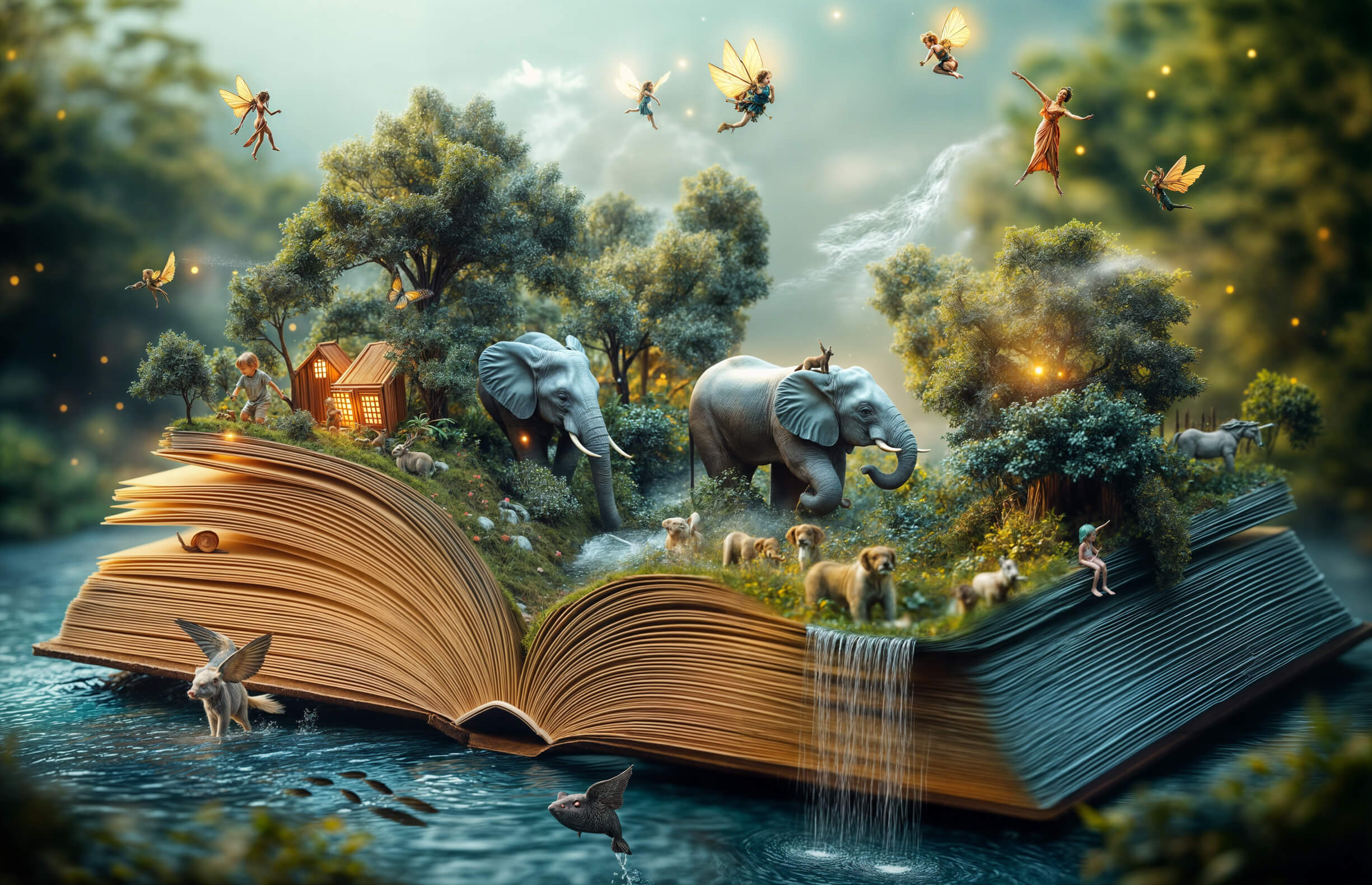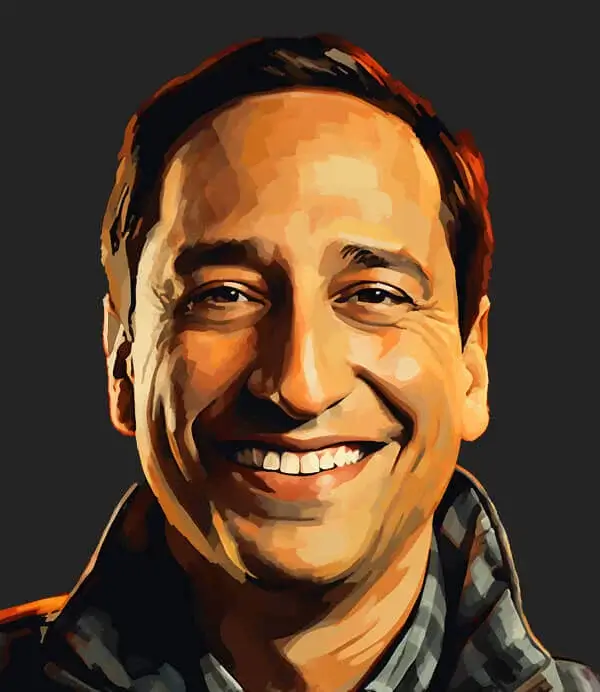There are those who walk through life content with the world as it is. And then there are the artists—the ones who look at a blank page, a silent instrument, an empty stage, a cityscape, or a block of stone and feel an undeniable urge to shape, compose, perform, or build.
Creativity isn’t a choice for them; it’s an instinct, a calling, a necessity, an undeniable force that pulls certain individuals toward expression, reinvention, and creation where nothing existed before. But why? What compels an artist to paint, a musician to compose, an architect to shape spaces, or a writer to weave words into meaning? Some believe it is an innate gift, embedded in the DNA of those who are destined to create, while others see it as an obsessive curiosity, an insatiable hunger to decode the mysteries of existence and translate them into tangible form. It is both a longing and an urgency, a force that cannot be ignored. Philosophers, psychologists, and artists themselves have wrestled with this question for centuries, yet the answer remains elusive—because perhaps creativity is not meant to be dissected, analyzed, or rationalized. Perhaps it is not something to be explained, but something to be felt.
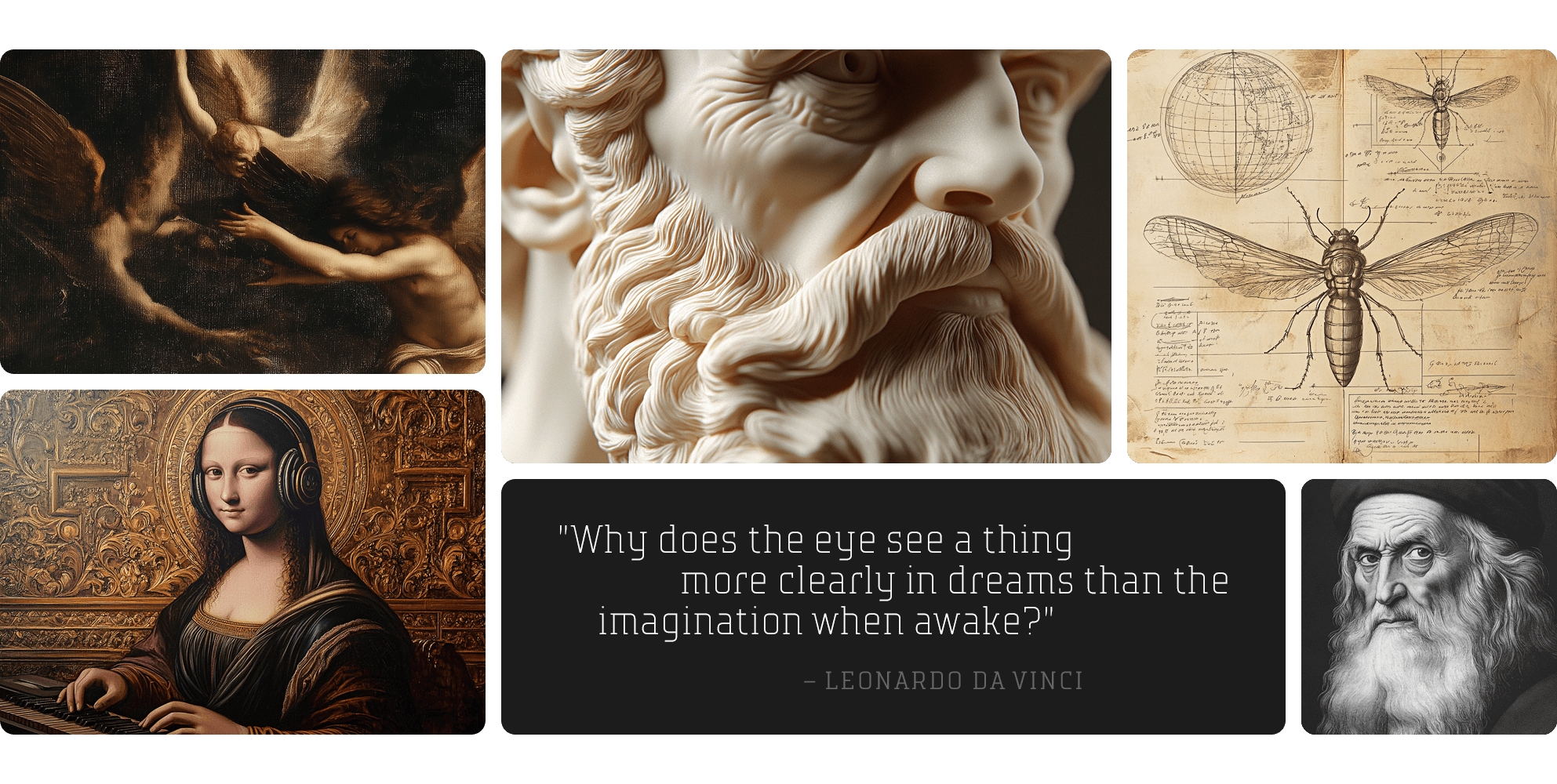
The Eternal Child: The Creative Mind Never Grows Up
Creativity begins in childhood—pure, uninhibited, and full of wonder. As kids, we paint with reckless abandon, invent stories without hesitation, and build imaginary worlds where anything is possible. There is no fear of failure, no judgment—only the joy of creating. Yet as we grow, society imposes rules, expectations, and rigid structures that push us toward logic over imagination, conformity over originality. Many abandon their artistic instincts in favor of practicality, trading curiosity for predictability, but some never let go. These are the artists—the painters who see beyond color, the designers who transform the mundane into meaning, the musicians who translate emotions into melody, the writers who weave entire worlds from ink. They refuse to suppress the spark that first ignited in childhood, allowing it to shape their lives, their work, and their perspective of the world. Leonardo da Vinci was known for his insatiable curiosity, filling notebooks with sketches, ideas, and endless questions about the universe. Even as an old man, he remained a student of life, proving that true creatives never stop asking, “What if?” The architect who sketches structures inspired by dreams, the poet who captures the weight of the world in a single line—each one is simply a child who never stopped creating.
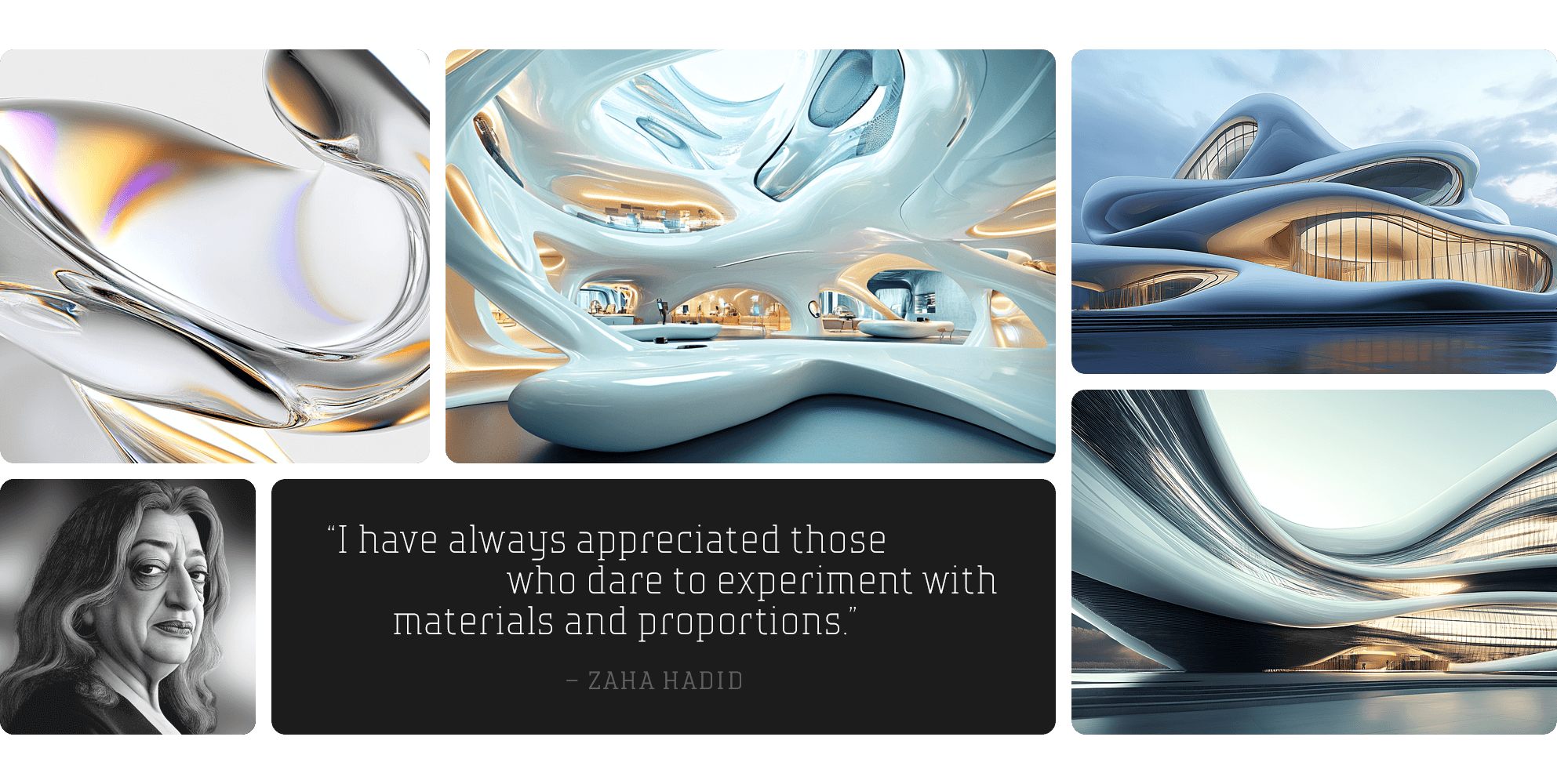
The Need to See Differently: A Restless Imagination
Artists exist in a world of constant observation, seeing beyond what is immediately visible, questioning reality rather than accepting it at face value. Where others see permanence, they see possibility; where some find routine, they find reinvention. They break apart ideas, reconstruct meaning, and uncover hidden narratives in the everyday. They recognize beauty in imperfection, rhythm in chaos, and poetry in the mundane. Writers like Virginia Woolf and James Baldwin explored the depths of human experience, transforming personal struggles into universal truths, their words serving as mirrors of the soul and society. Beethoven, despite his deafness, composed symphonies that transcended his limitations, proving that true art is not hindered by obstacles but often forged in their presence. Zaha Hadid refused to see buildings as static or rigid; instead, she imagined structures that moved, breathed, and defied convention, reshaping the landscape of architecture itself. To live with an artist’s mind is to exist in a constant state of curiosity, searching for meaning, experimenting with form, evolving through every creation. It is both a gift and a burden—the restless imagination never sleeps, always yearning to bring something new into existence, always seeing the world not as it is, but as it could be.
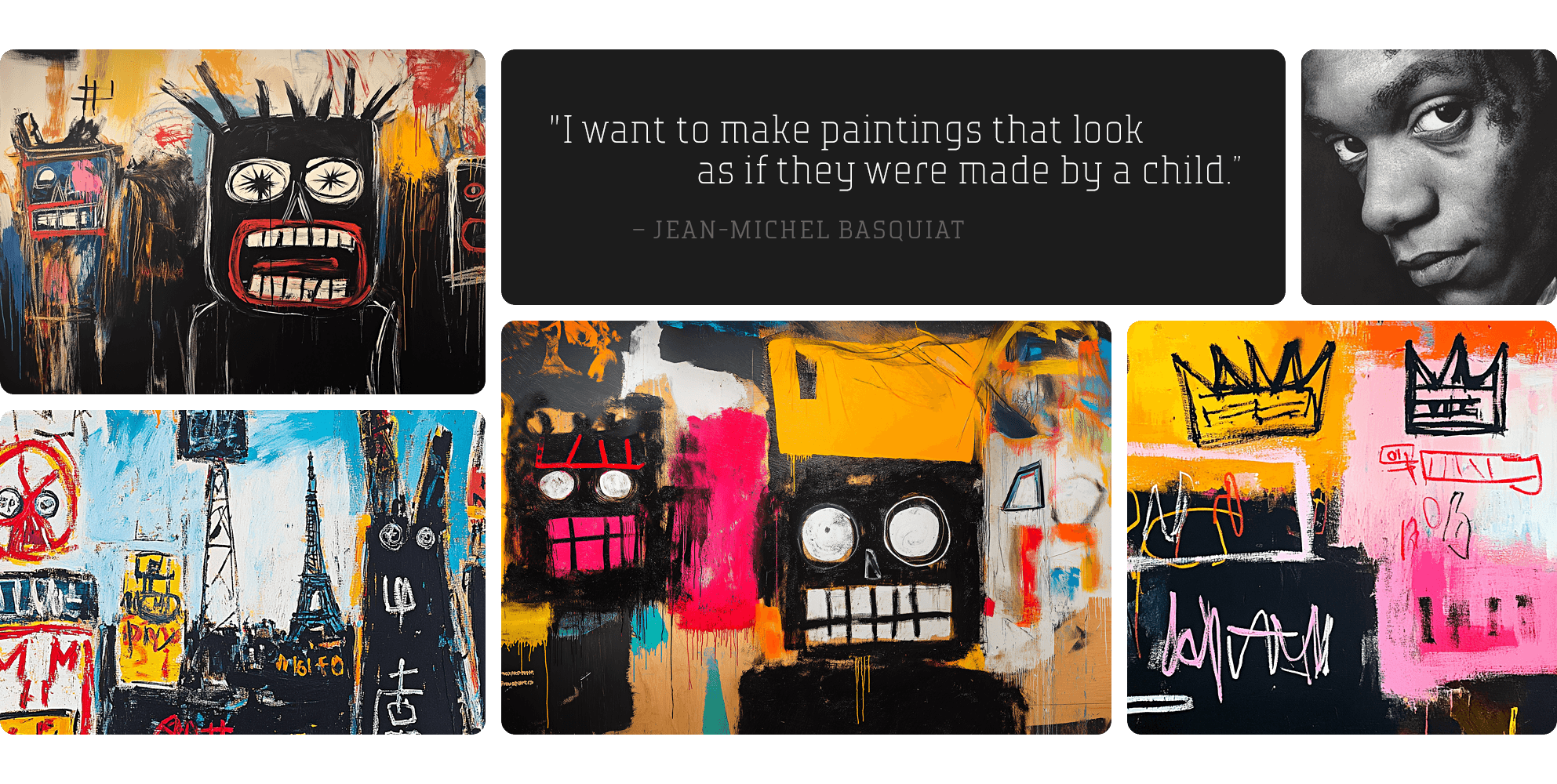
Art as a Mirror: Expression, Healing, and Legacy
For many, creativity is an act of self-exploration, a journey inward where art becomes a mirror—sometimes revealing, sometimes distorting, but always reflecting something deeply personal. It is a form of unspoken dialogue between the artist and the self, a way of translating emotions, experiences, and memories into something tangible. Frida Kahlo painted her pain, her longing, and her resilience with unflinching honesty, turning her suffering into visual poetry. Maya Angelou used the rhythm of language to capture the weight of race, identity, and womanhood, ensuring that her voice, and the voices of those like her, would never be forgotten. Jean-Michel Basquiat transformed graffiti into a language of raw expression, using bold strokes and cryptic symbols to amplify the voices of the marginalized, ensuring that struggle and power coexisted on every canvas. Art is therapy, but it is also rebellion. It is a way of processing trauma, of finding meaning in suffering, of refusing to be silenced. As Basquiat once said, “Art is how we decorate space; music is how we decorate time.” Creativity, in all its forms, allows us to leave traces of our existence—proof that we were here, that we felt deeply, that we made something that mattered.
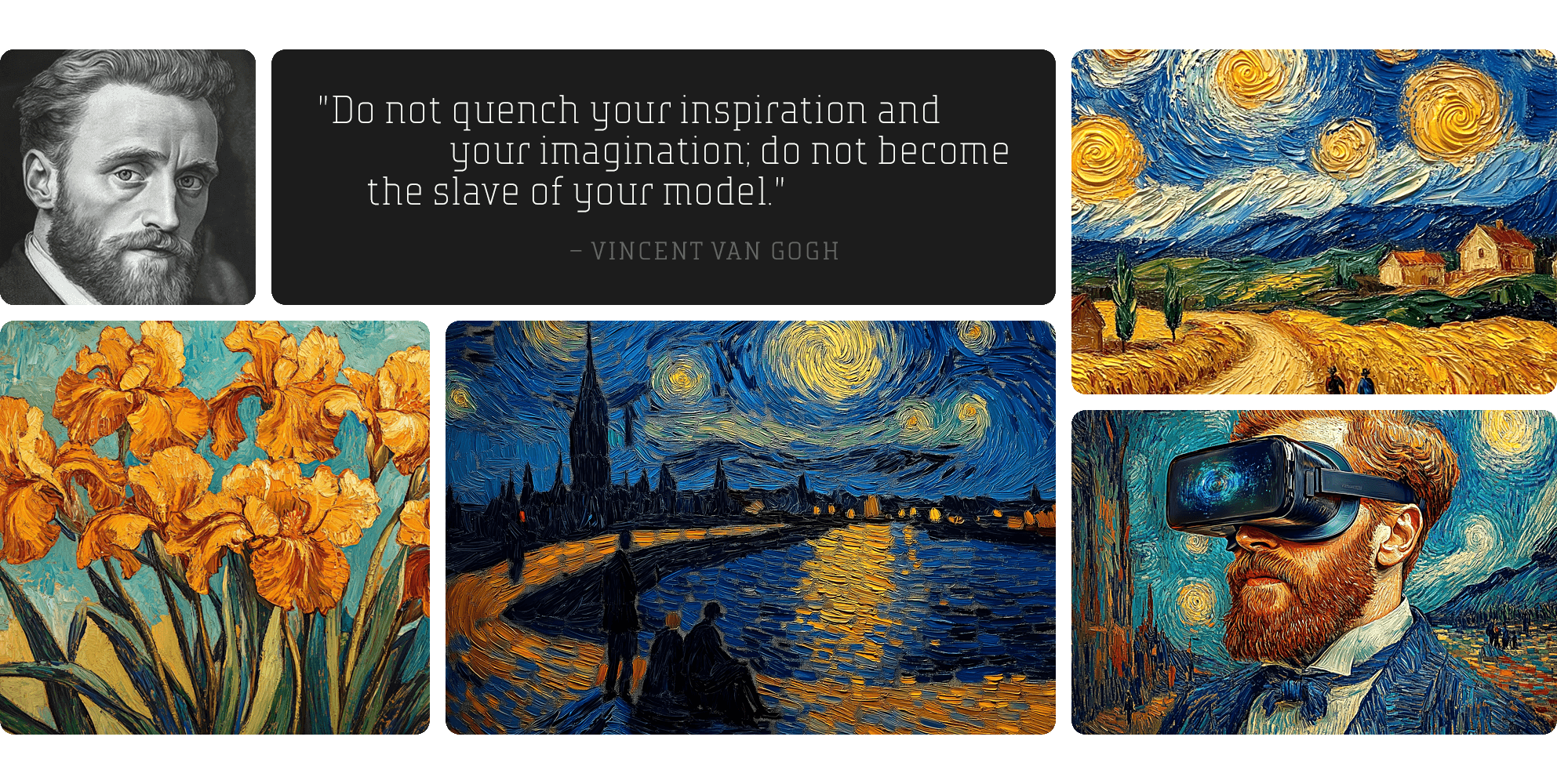
The Philosophy of Creation: Is Art a Choice or a Destiny?
Philosophers have long debated whether art is an impulse or an obligation, a conscious choice or an uncontrollable force. Jean-Paul Sartre, the existentialist, argued that humans define themselves through action—artists, then, do not create because they simply want to, but because they must, as an affirmation of their existence. Carl Jung believed that creativity was not an individual act but an expression of the collective unconscious, a force that moves through the artist rather than being born from them. Vincent van Gogh, in his letters to his brother Theo, often described the agony of creation, the internal battle between his suffering and his relentless need to paint. He once wrote, “What would life be if we had no courage to attempt anything?“—a sentiment that echoes through time, reminding us that the act of creation is both a burden and a necessity. Perhaps the answer to why artists create lies somewhere in between these ideas, a delicate balance of passion and compulsion, inspiration and labor. Artists are both dreamers and craftsmen, visionaries and builders, those who see the world not just for what it is but for what it could be. But maybe the question itself is irrelevant. Asking why artists create is like asking why the sun rises or why the tide pulls toward the shore. It simply is. It always has been. And it always will be.
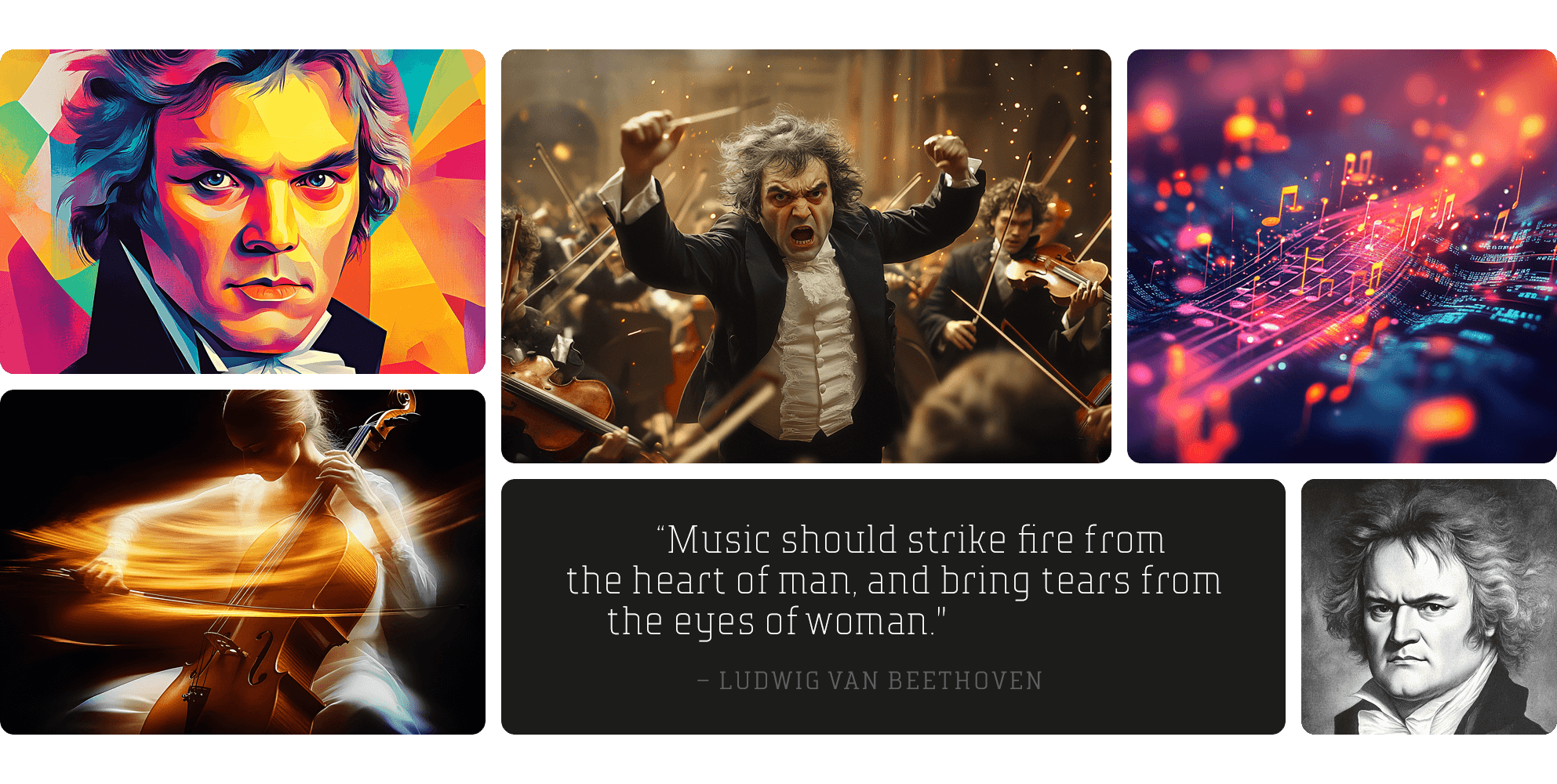
Conclusion: To Create is to Be Human
Creativity is not a career, nor a hobby—it is a way of being, the language of the soul, the heartbeat of innovation, and the bridge between what is seen and what is imagined. It is an intrinsic force, an unshakable pull that compels artists to shape, express, and redefine the world around them. Some may dismiss it as impractical, viewing art as a luxury rather than a necessity, but without artists, the world would be colorless, silent, and empty—devoid of the stories, ideas, and emotions that give life its depth and meaning. Creativity is the invisible thread that weaves together culture, history, and identity, stretching across time, carried by those who refuse to let the ordinary remain untouched. Beethoven, deaf and tormented by silence, still composed symphonies that transcended human limitation, proving that creativity is not a choice but an irrepressible force. Whether through painting, writing, design, music, or architecture, those who create are answering a call that has echoed through generations—a call that whispers in moments of inspiration, in the quiet hum of an idea forming, in the restless energy of the mind that refuses to be still. Make something. Leave something. Feel something. This call does not ask for permission, nor does it wait for validation. It is persistent, relentless. And so artists create, not because they choose to, but because they must.
